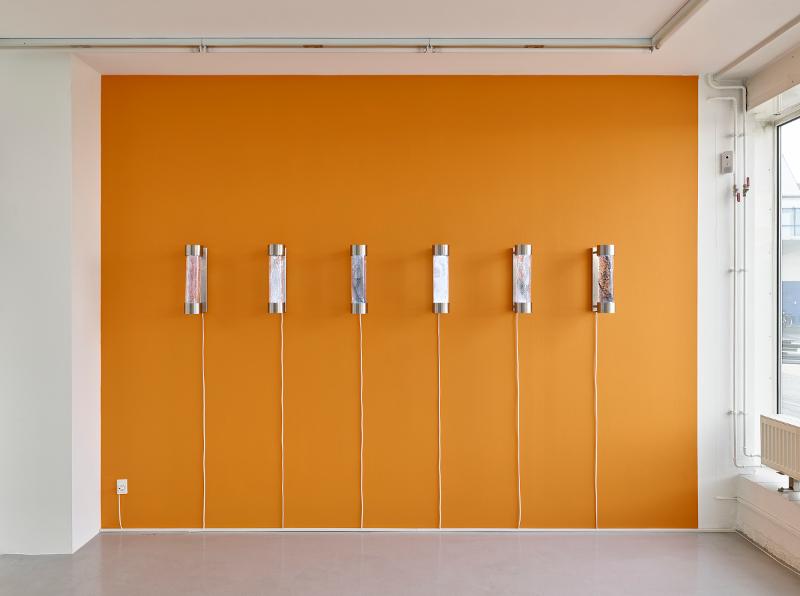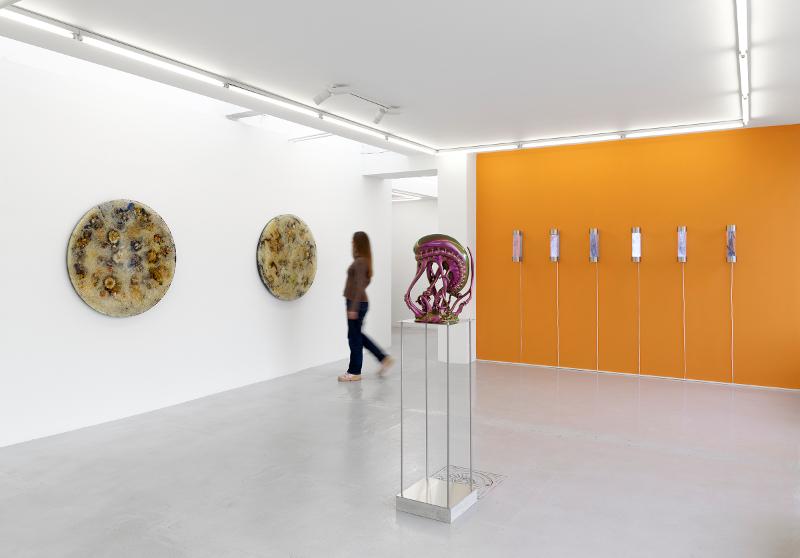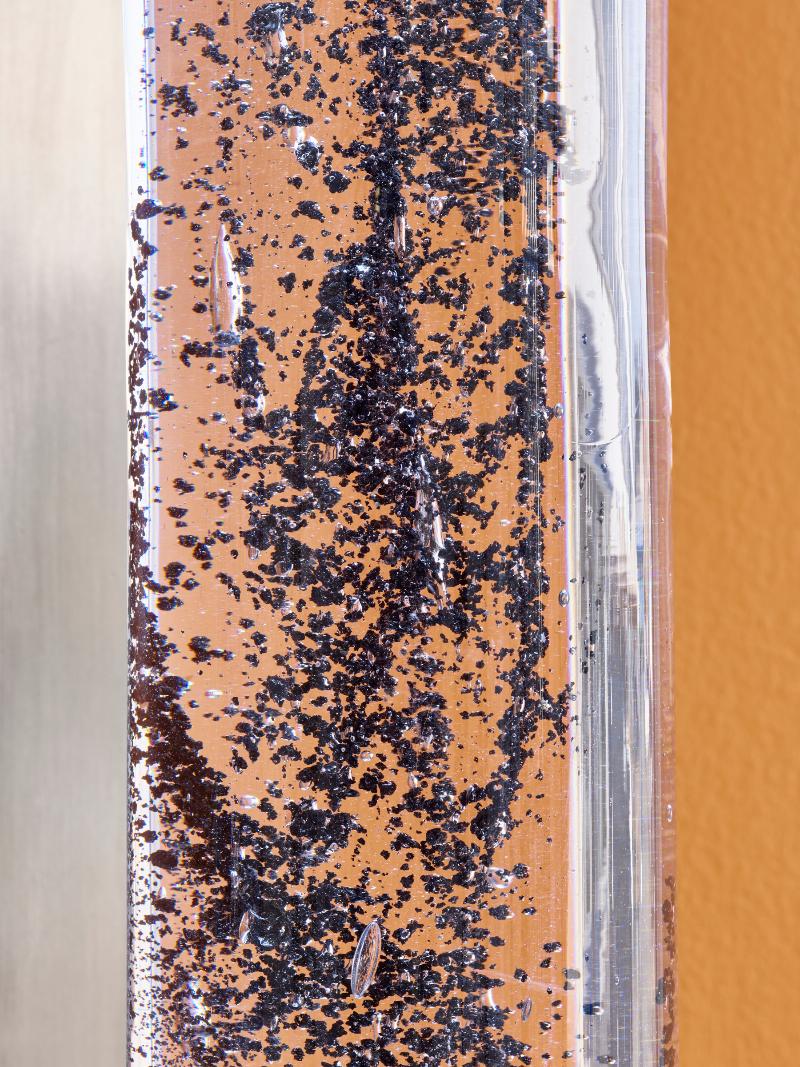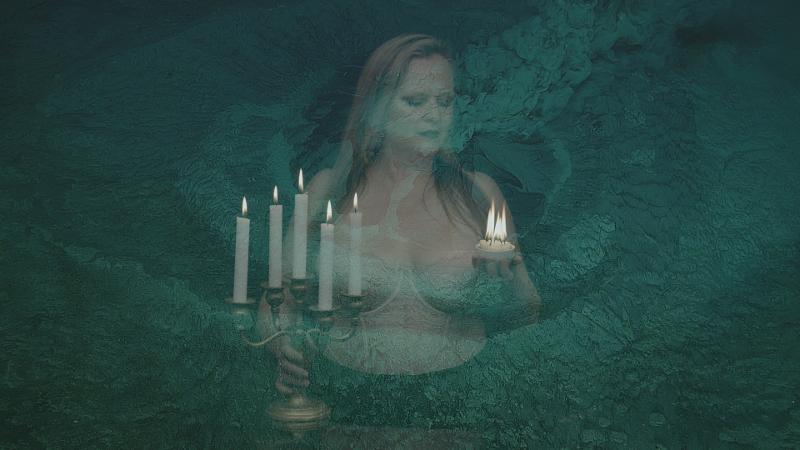Art&Science
When Art meets science
.jpg)
Art and science are both essential expressions of what it is to be human. Each one is driven by discovery, curiosity, and a profound longing to know oneself and the surrounding world.
Communication between art and science may have been easier centuries ago when the two fields were more closely aligned. At that time, scientists and artists were equally driven by the desire to understand the natural world.
It may also be assumed that the two disciplines were closer because science was less complex and specialized than it is today.
However, one can challenge this idea by simply thinking of Piero della Francesca, Albrecht Durer, Leonardo da Vinci, or Galileo Galilei. Leonardo da Vinci is renowned for his artwork and exploratory drawings that investigate the properties of water, flight, and anatomy. He saw no distinction between the different ways he tried to grasp the essence of nature. The science being done at the time was both beautiful and complex.
The AKMA project has frequently brought together artists and scientists to seek inspiration and understanding. It has provided opportunities for both groups to reflect on their work, discuss the process of discovery, and gain new perspectives. The project has not only fostered collaboration but also encouraged interdisciplinary thinking.
Below is a summary of AKMA's collaboration experience with artists and performers from around the world.
By Valentina Lanci
Studio ThinkingHand is an art duo formed by Rhoda Ting and Mikkel Dahlin Bojesen. They have been working with Ocean floor sediment from extreme environments, predominately in collaboration with Professor Giualiana Panieri and other scientists from the Department of Geosciences at the Arctic University of Norway.
The work series Deep Time show the journey down through an ice core drilling, going 2.7 million years back time. The glass columns contain sediment from a variety of extreme environments in the Arctic Sea bed, where life is evolving in directions that have been unknown until now.


Human presence seems like a fraction of the planet's entire evolutionary history, while traces of past species in the seabed show time perspectives that are otherwise difficult to perceive. The sediments have, as part of different research projects, been collected in a number of extreme marine environments, from the Arctic to the Maldives, and becomes evidence for the life of species before human civilization.
The art duo created glass cores from sediment samples to research the diversity of organic matter and mineral content with varying locations, seasons, depths and ecosystems. The glass cores have been lit up and assembled in metal structures inspired by ice core bores.


With this artistic research process, Studio ThinkingHad is exploring how glass cores can act as a tool for further scientific research into extreme environments, and to answer questions such as how oceanic conditions and climate change impact methane seepage from the seafloor and the impacts on ecosystem health.
Watch the short documentary to know more!
Credits: @studiothinkingHand @idoartdk @rhoda.ting
Photo credits: @Malle Madsen - photos have been taken during the exhibition 'Extremophilia at @gether_contemporary gether_contemporary
More about Studio ThinkingHand and the "Extremophilia" exhibition HERE.
Thale Blix Fastvold is a Norwegian visual artist working primarily with photography, film and performance art. Thematically within the frameworks of eco-feminism, inter-species-collaborations and more-than-human intelligence, she works with artistic research as a response to add focus on current ecological challenges.
She believes that collaboration, communication and speculative storytelling are essential to imagining new and more sustainable futures, which is why she chose to include footage of the mud volcano Borealis in her latest film: IGNIS - a pyrofeminist spell for transformative change in history and the future.

IGNIS was released this year and the exhibition opened at GlogauAIR in Berlin on February 16th. It is an experimental film shot in Norway, California, Italy, and Azerbaijan. The film includes footage of BOREALIS, an underwater mud volcano discovered in May 2023 by Professor Giuliana Panieri, and the Yanardag Eternal Fire, researched by Adriano Mazzini. The music was composed by Therese Strasser, with sound design by Philipp Nespital.
In this film, Thale introduces the concept of Pyrofeminism – coined to describe the notion of the feminine connection to fire – one of the four classical elements of the material world. In 2014, feminist theorist Astrida Neimanis coined the term Hydrofeminism which embroiled feminist theory with the non-human considering that our bodies are materially mostly water. This theory proposed a radical collectivity of bodies in which we flow through each other and the world without defined boundaries. In the age of the Pyrocene in which forests are engulfed by flames on our ever-warming planet, in which petro-capitalism survives off of the desperate search for combustion, in which water shortages crack earth and melt reserves of flammable gas, pyrofeminism relinquishes the fire to mother earth as an untameable creator and force of reckoning. From the soft flashes of fireflies to coarse eruptions, fire creates and destroys, feeds and mutilates, erupts, cleans and pulverises everything in its wake.
To know more about the exhibition: https://glogauair.net/activity/pyrofeminism/?fbclid=IwAR2yJlo-rSfalL9msx7TAF7N6D9EDpFCp3gsTRcmLqmyC6GhgbsEYgSZnak
To know more about Thale Blix Fastvold: https://thalefastvold.com/